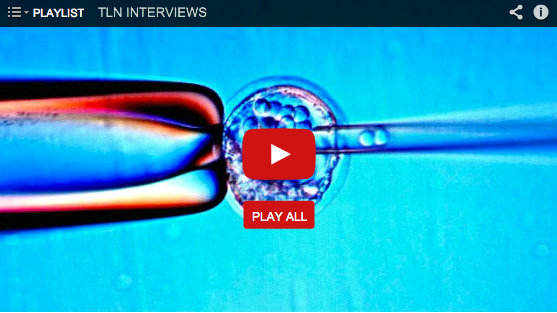Michelle Kéramidas, Florence de Fraipont, Anastassia Karageorgis, Anaïck Moisan, Virginie Persoons, Marie-Jeanne Richard, Jean-Luc Coll and Claire Rome
Abstract (provisional)
Introduction
Understanding the multiple biological functions played by human mesenchymal stem cells (hMSCs) as well as their development as therapeutics in regenerative medicine or in cancer treatment are major fields of research. Indeed, it has been established that hMSCs play a central role in the pathogenesis and progression of tumours, but their impact on tumour growth remains controversial.
Our results suggest that hMSCs injection decreased solid tumour growth in mice and modified tumour vasculature, which confirms hMSCs could be interesting to use for the treatment of pre-established tumours.
Methods
In this study, we investigated the influence of hMSCs on the growth of pre-established tumours. We engrafted nude mice with luciferase-positive mouse adenocarcinoma cells (TSA-Luc+) to obtain subcutaneous or lung tumours. When tumour presence was confirmed by non-invasive bioluminescence imaging, hMSCs were injected into the periphery of the SC tumours or delivered by systemic intravenous injection in mice bearing either SC tumours or lung metastasis.
Results
Regardless of the tumour model and mode of hMSC injection, hMSC administration was always associated with decreased tumour growth due to an inhibition of tumour cell proliferation, likely resulting from deep modifications of the tumour angiogenesis. Indeed, we established that although hMSCs can induce the formation of new blood vessels in a non-tumoural cellulose sponge model in mice, they do not modify the overall amount of haemoglobin delivered into the SC tumours or lung metastasis. We observed that these tumour vessels were reduced in number but were longer.
Conclusions
Our results suggest that hMSCs injection decreased solid tumour growth in mice and modified tumour vasculature, which confirms hMSCs could be interesting to use for the treatment of pre-established tumours.
Original Link: http://stemcellres.com/content/4/2/41/abstract

